This week, we tackle a question from Virendra in India. She writes saying her compost is too wet:
“Me (from India) and three of my neighbors have been home composting for almost 6 months. I have been pretty successful except for one problem: the excess water/moisture in the batch. We’re adding only peelings, that too after keeping these in the air for about 10-12 hours. I also add used tea leaves -again after 10-12 hours. We mix the contents at least once a day. I also add some brown leaves. Still, the matter becomes soggy so much so that it starts giving out the bad odor. These days, the humidity is only 50%. It was worse during the rainy months. Can you, please suggest what should I do to control the moisture content! I shall be thankful for your advice. Kind regards, Virendra”
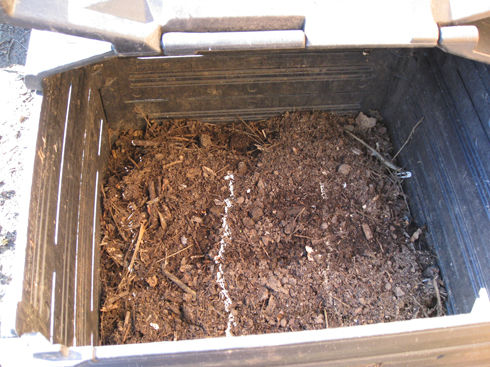
It sounds like you are doing a great job so far, Virendra, but let’s review a couple things to narrow down the issue.
Too Wet = Add More Brown
Too wet also equals a perfect environment for anaerobic bacteria. That’s the smell you’re experiencing. Anaerobic bacteria thrive in a non-oxygen environment if your compost is too wet. Give the pile more oxygen and they should die off.
My first thought in reading your question is that the amount of leaves you are adding is not sufficient to balance the moisture. The rule of thumb is to add 2-3 times more brown ingredients than wet ingredients. So double or triple the amount of leaves, and consider adding other brown materials such as:
- cardboard (torn into small pieces) or newspaper
- used tissues
- used paper towels (if used, unbleached is best)
- twigs and sticks to help increase pockets of air throughout
- other biomass like wheat or corn stalks, sawdust, or dried alfalfa
For more info about brown ingredients, check out this blog post.
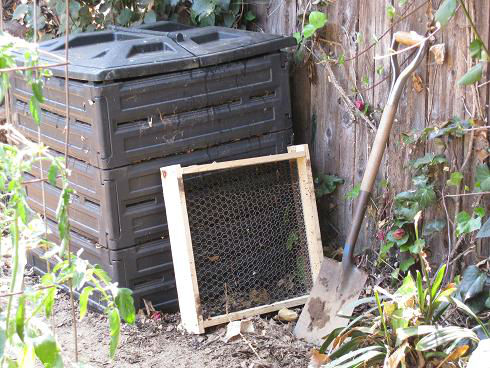
Is It the Bin?
My other thought was that maybe your bin isn’t designed for optimal air flow. Most compost bins have air slots or holes all the way around from top to bottom. If your bin doesn’t have this, drill holes with a 1″ paddle drill bit to increase circulation.
Other than that, I would suggest turning the pile more often, but you’re already doing that on a daily basis. So let’s focus on the other two suggestions. I think you’ll see improvement. Thanks for writing in and keep us posted on the results!

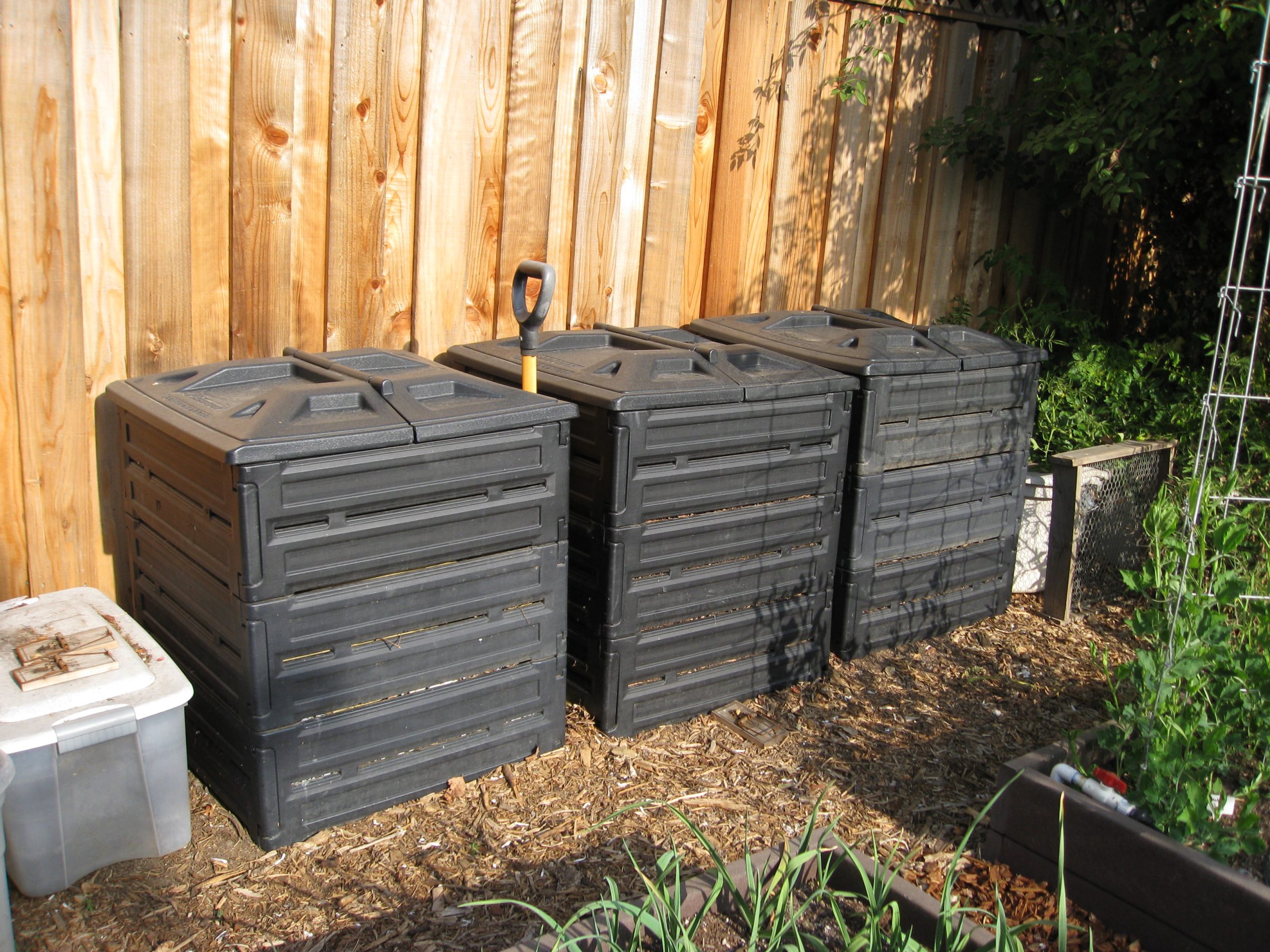
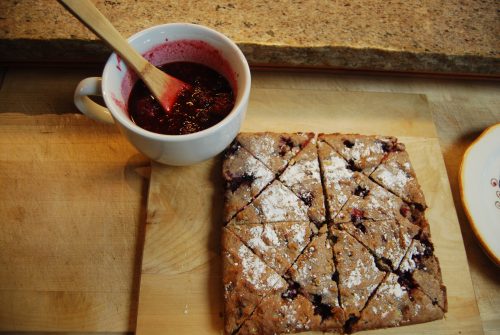
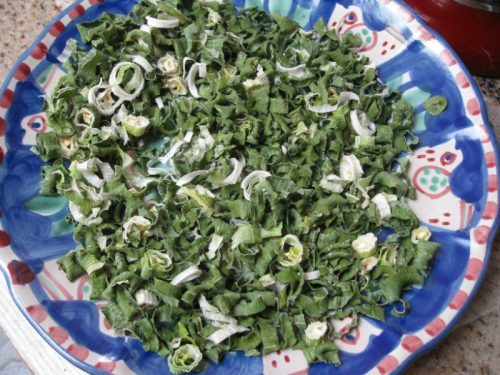
Pingback: The Most Common Composting Problems Solved - Masterji Tips
Thanks Christy,
I agree about the brown addition, we are all adding very little brown leaves.We shall surely substantially increase the same.
We shall also review our bins for aeration.
I shall give you feedback after one month.
Thanks again and regards
virendra kumar gupta
Glad to hear the advice is helpful. Keep us posted on your progress.